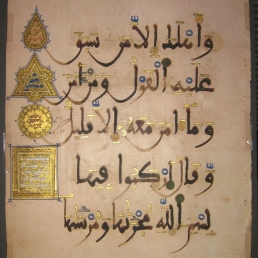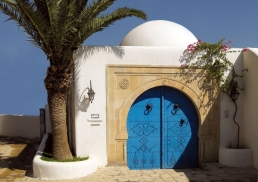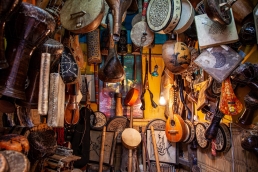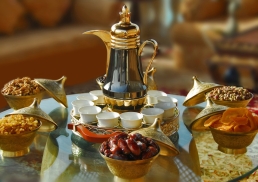Exploring the Richness of Arabic Language and Culture
As an Arab from Libya, North Africa, I am excited to share my knowledge and insights about this rich heritage with you.

Cultural Traditions and Festivals:
Since it is mostly inspired by Islamic traditions, Ramadan and Eid festivals are the most popular and loved occasions as they bring communities together and offer a glimpse into the values and customs of the Arab world. Desserts, dances like the Dabke and music styles like the Oud are all part of the culture. Hospitality holds a special place in Arab culture. Guests are treated with respect and care. Sharing meals, sipping coffee with dates or tea with kaak, heartfelt conversations are central to Arab hospitality. This warmth and generosity create a strong sense of community and connection.
Arabic Cuisine, a fusion of flavours and influences:
Arab cuisine offers a full range of dishes that you might be familiar with like hummus, falafel, shawarma and desserts such as baklava and kunafa. Exploring the world of Arabic food not only introduces us to new and exciting flavours but also reveals the fascinating historical and cultural influences that have shaped Arab culinary traditions. Libya is a great example of a country whose cuisine has been influenced by many areas including Italy, the Mediterranean, the Middle East and Africa. Italian influences are particularly notable in Libyan cuisine, with dishes like pasta, risotto, and tomato-based sauces making their way into traditional recipes. The Mediterranean and Middle East inspire summer dishes like mezze. African influences contribute to the use of ingredients like dough-based dishes and couscous. It is a journey of culture exchange!

Arabic Language, More Than Words:
Arabic comes in different dialects and accents; the one taught to learners which is used in books and the news, is called Fus’ha or Modern standard Arabic. But the Arabic language is not only about words but also its script, which has intriguing aspects. For example, it doesn’t use capitalisation, instead, letters change shape when connected, creating an elegant calligraphic flow. Also, Arabic stands out with its right-to-left writing system, which may seem unusual to those accustomed to left-to-right languages.
Arab Culture and Traditions:
The Arab culture is incredibly diverse, with rich traditions that cross several regions. From Gulf countries to Mauritania, each region has its own distinct customs, cuisine, music, and art forms. In Wales, there are Arabs from many different areas who came here either to work, study or due to political conditions. Just in Swansea and Cardiff, I have met Libyans, Egyptians, Saudis, Syrians, Yemenis, Palestinians, Moroccans, Omanis and Iraqis. All have their dialects, traditions and special dishes!


Arabic Art and Architecture:
The stunning geometric patterns you see in mosques and palaces, known as Islamic art, not only reveal the incredible talent of Arab artists but also their love of maths. Arab houses are typically spacious because of the hot weather, they are designed to keep the interiors cool and comfortable. When I visited Tunisia, I was fascinated by the unique architecture and the white walls with the windows and doors painted in beautiful sky blue.
Exploring the Arabic language and culture opens a world of wonder and beauty. From its unique script to its rich traditions and warm hospitality, Arabic offers a fascinating glimpse into the Arab world. I hope you enjoyed learning about this extraordinary language and culture. Shukran! (Thank you!)
